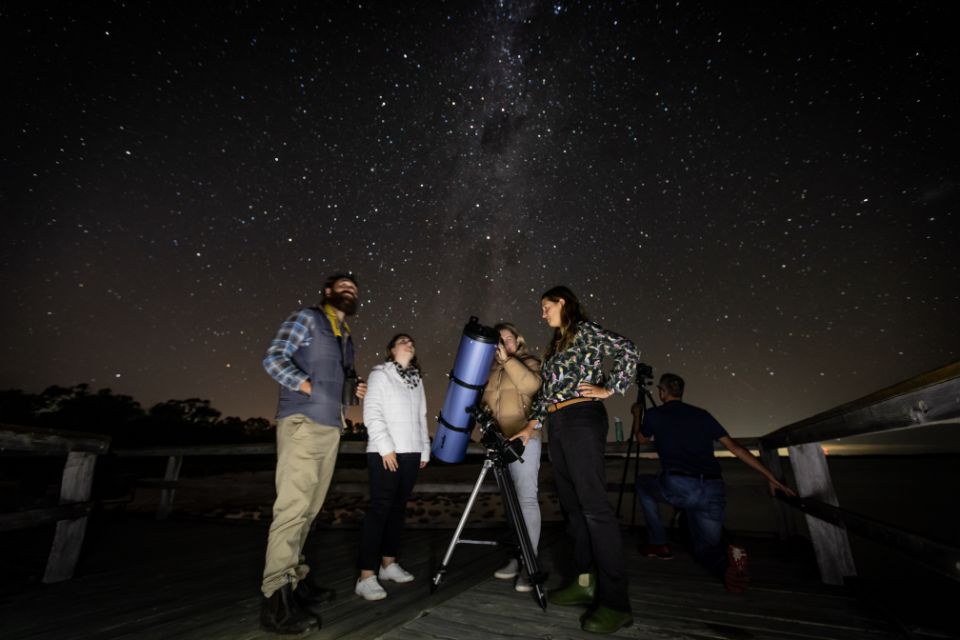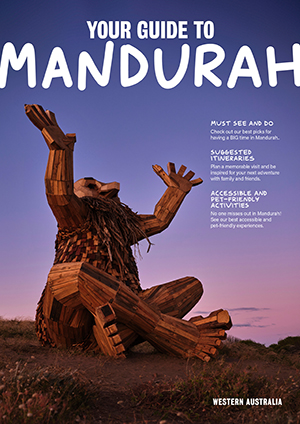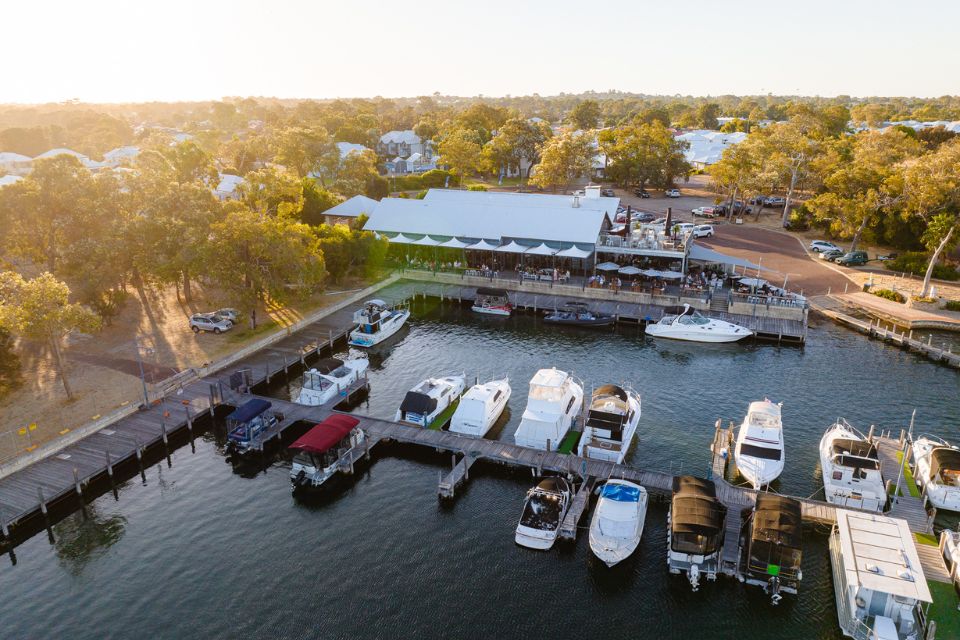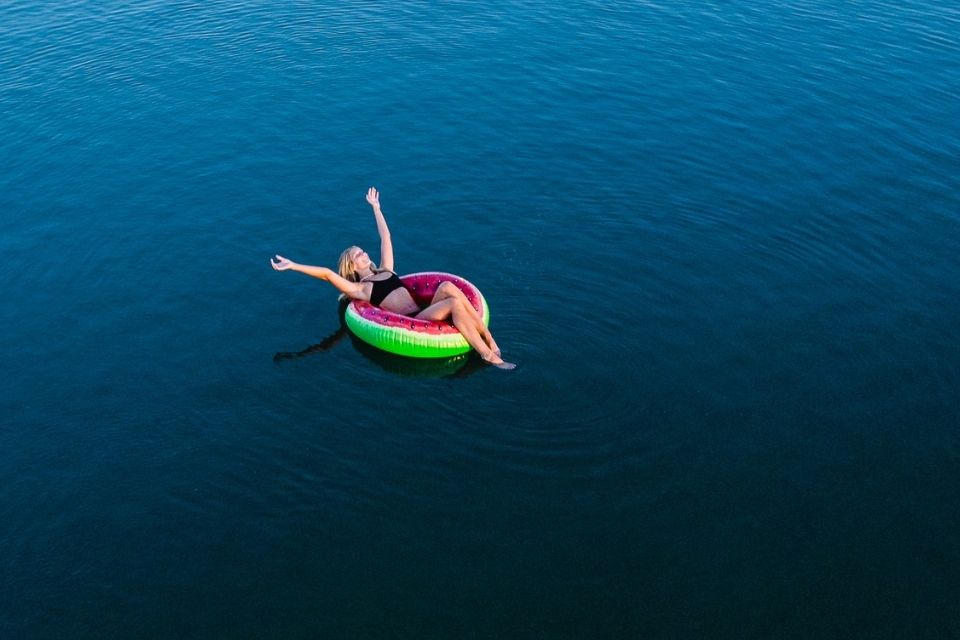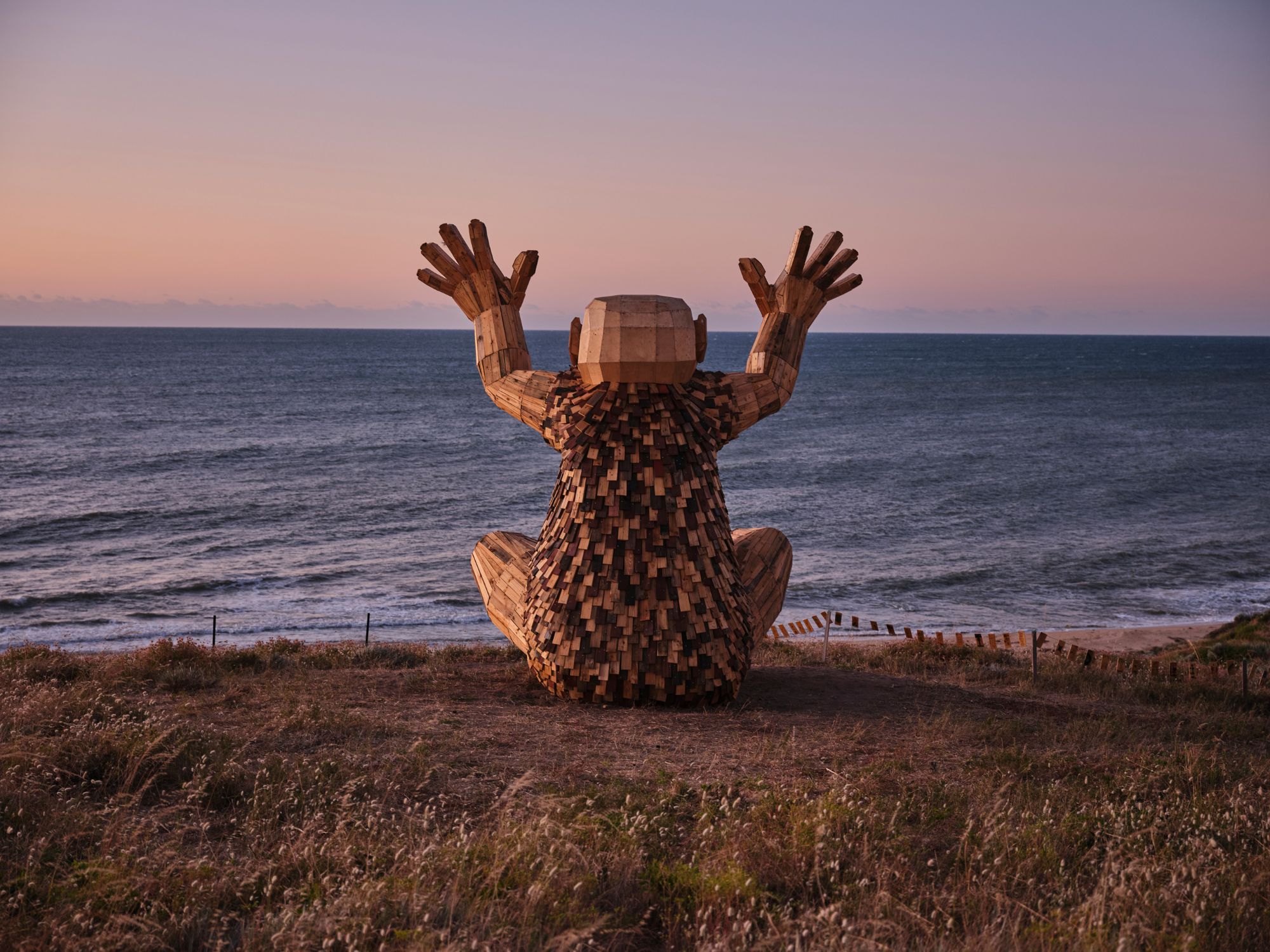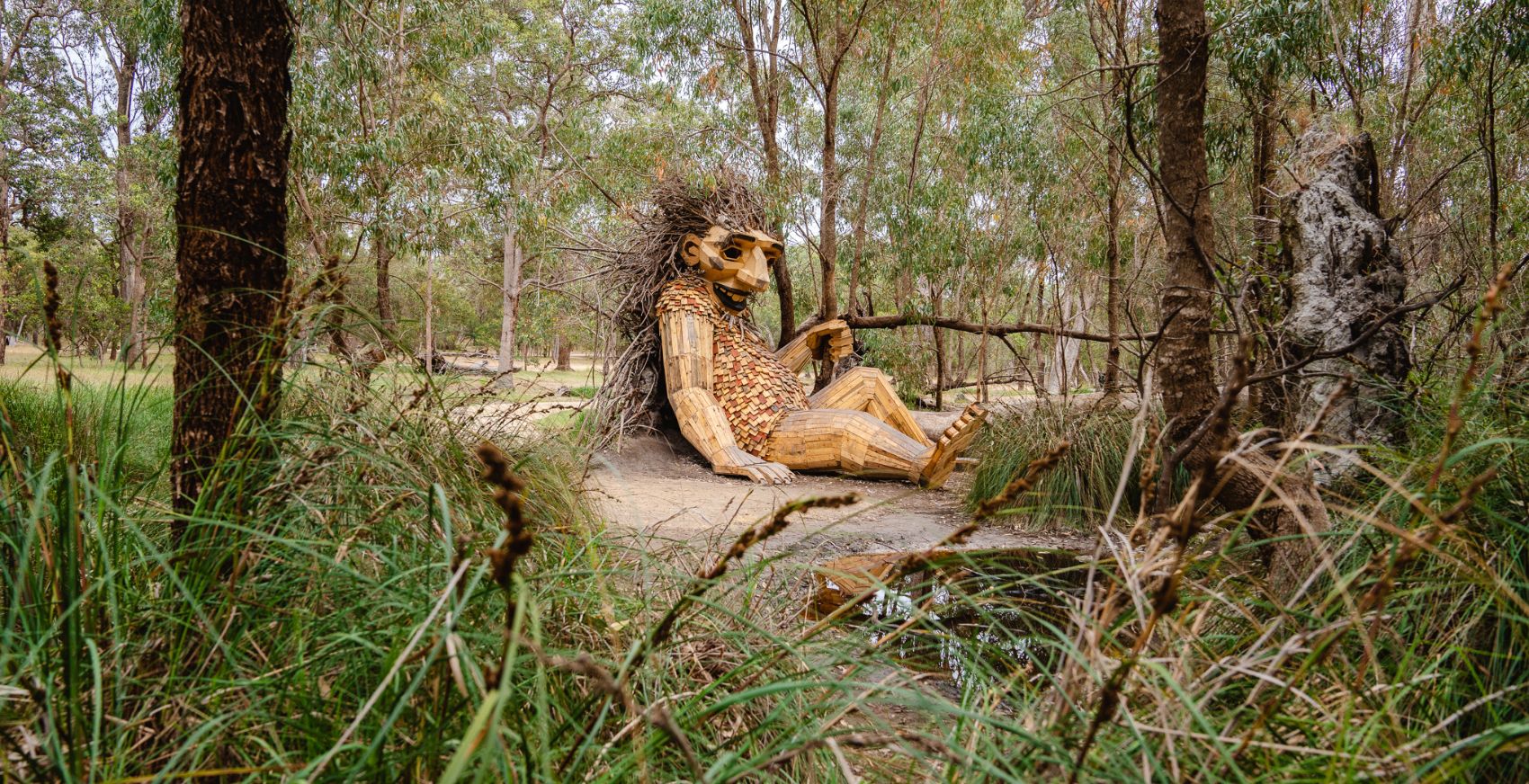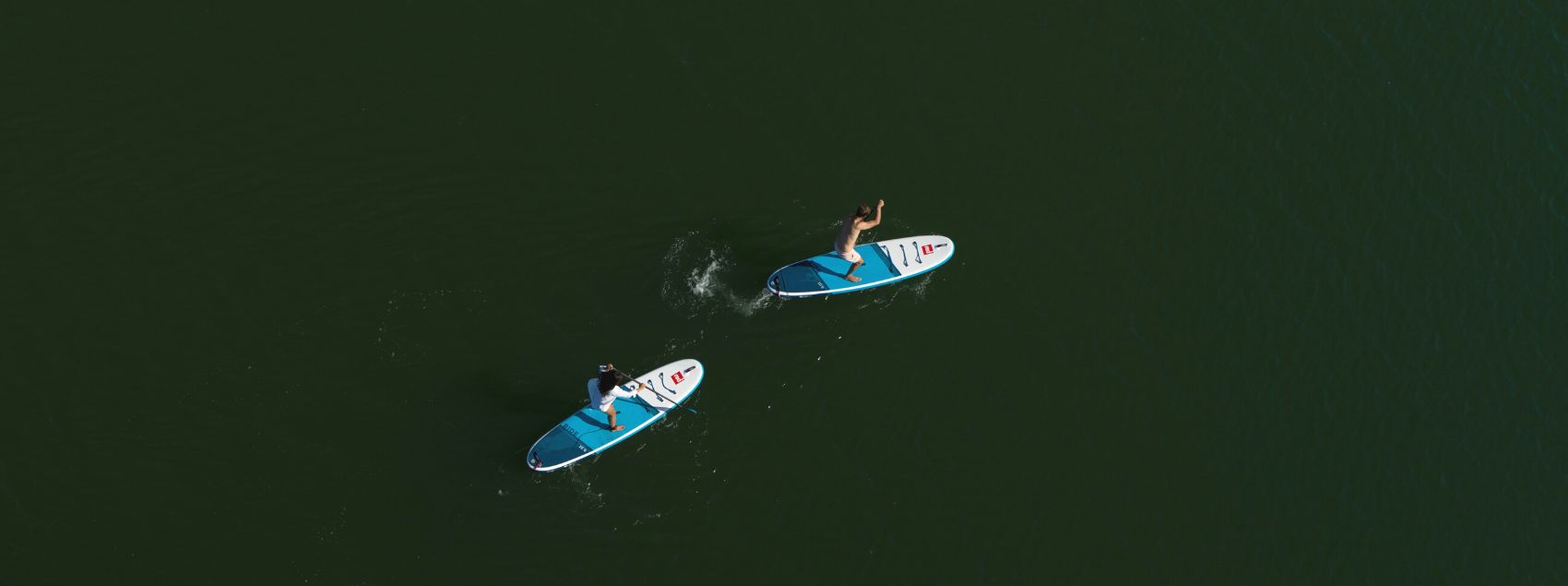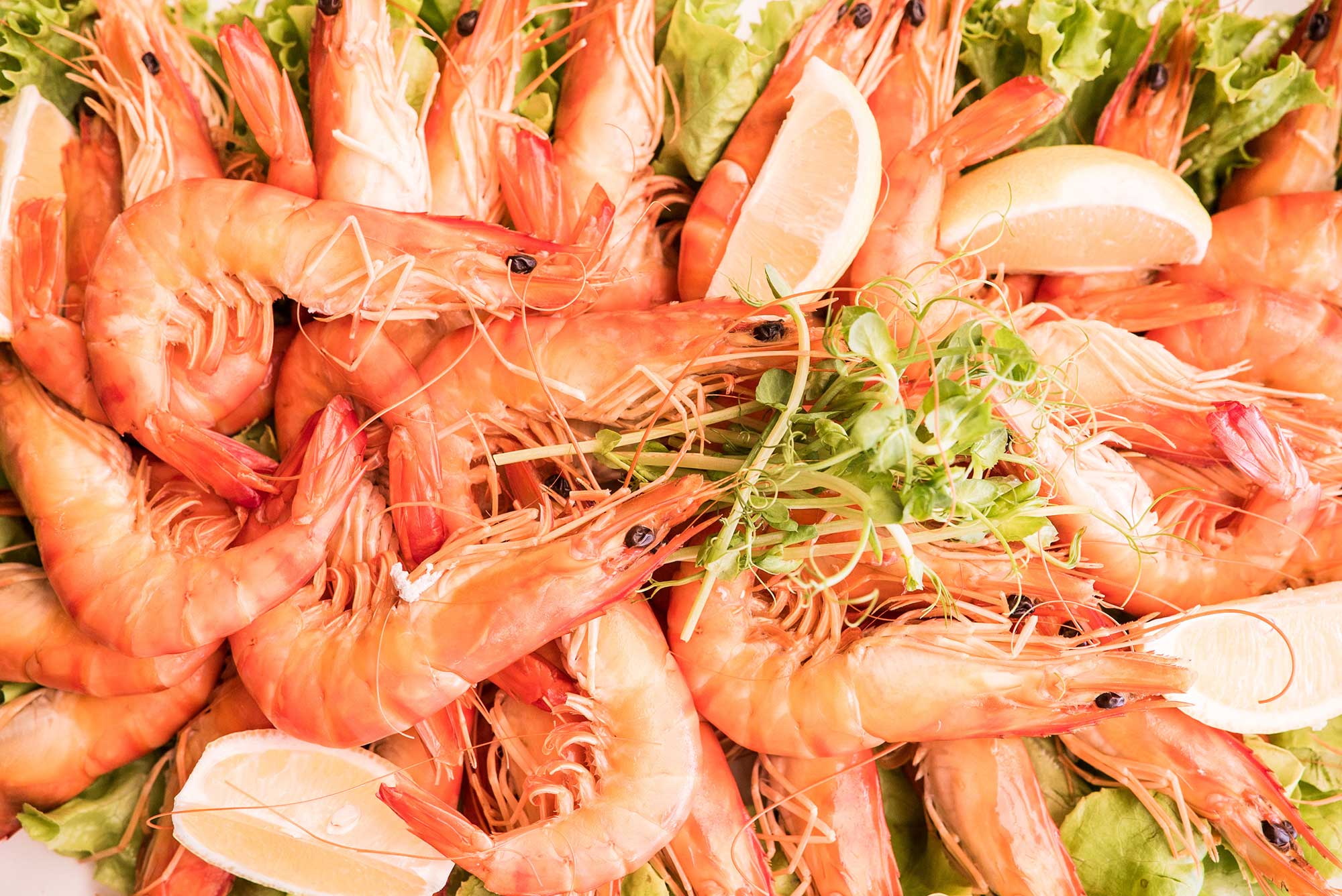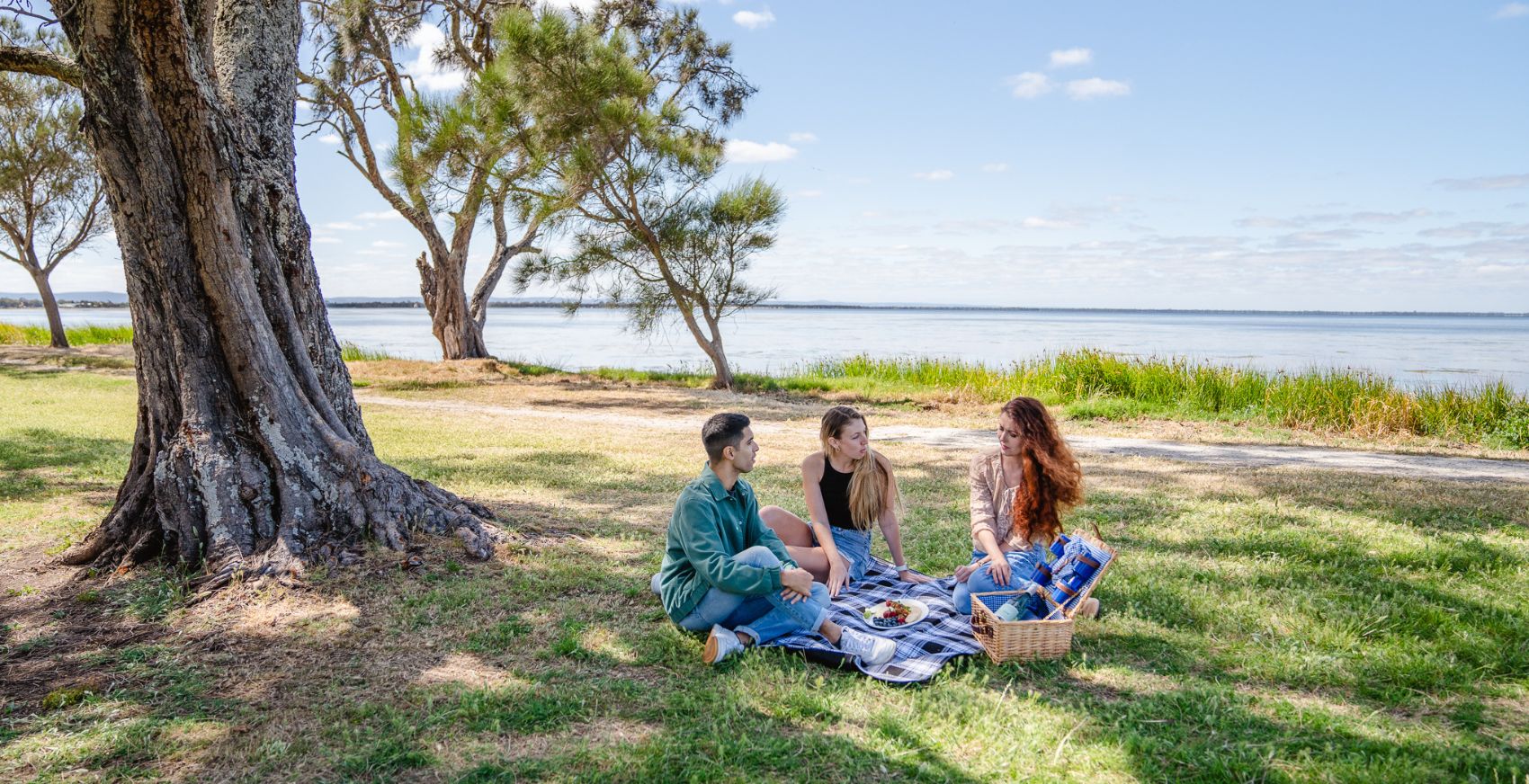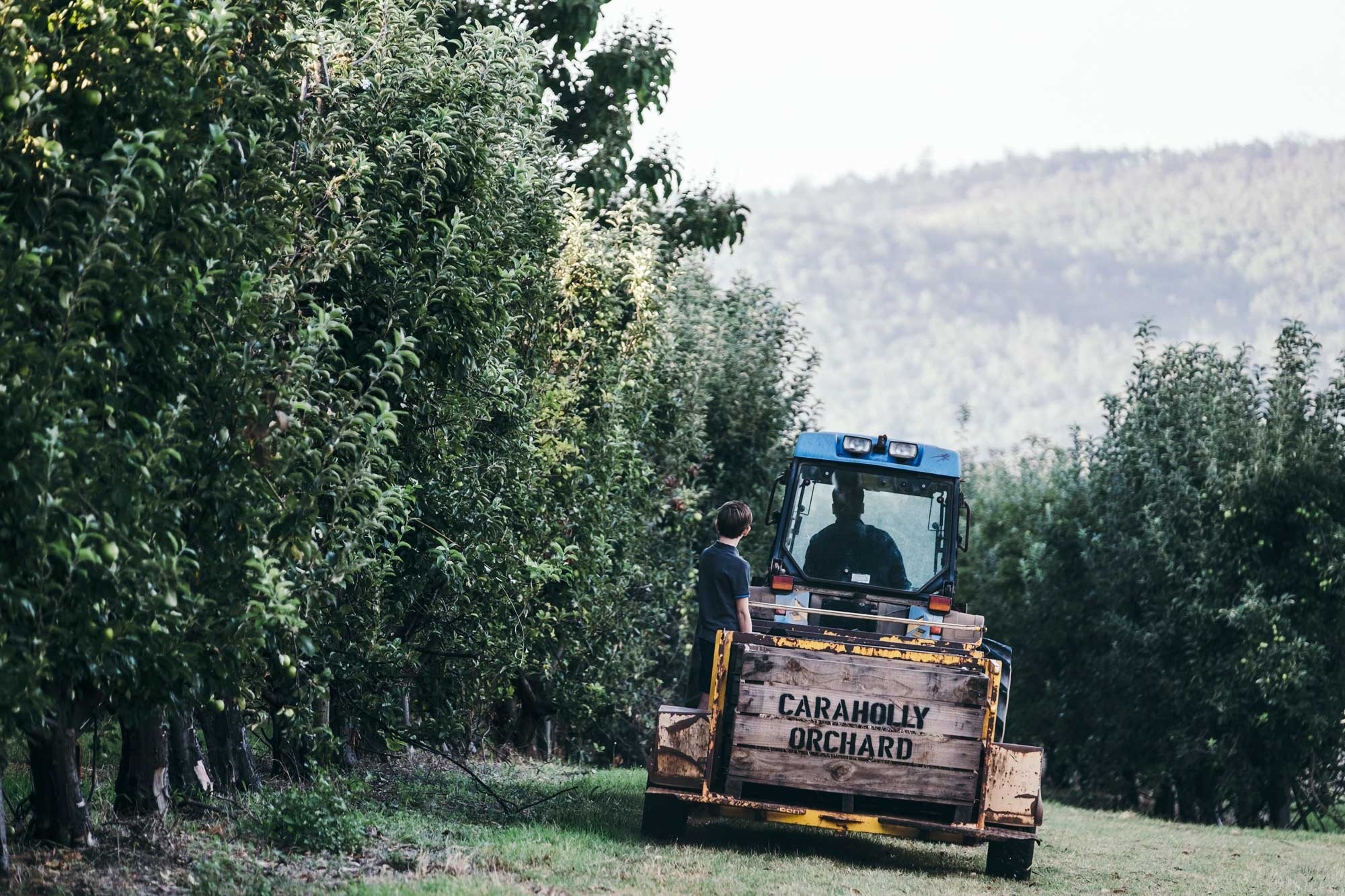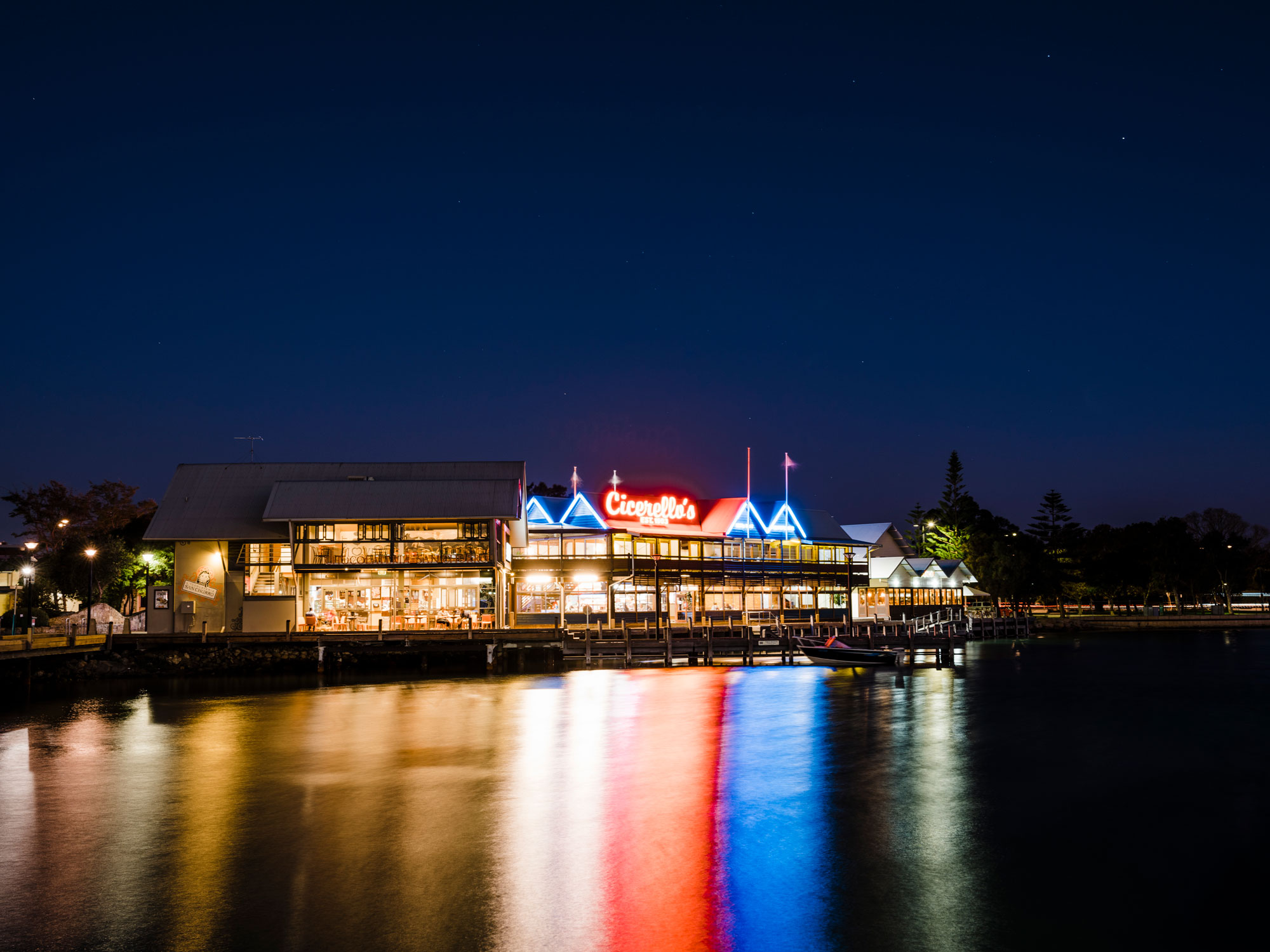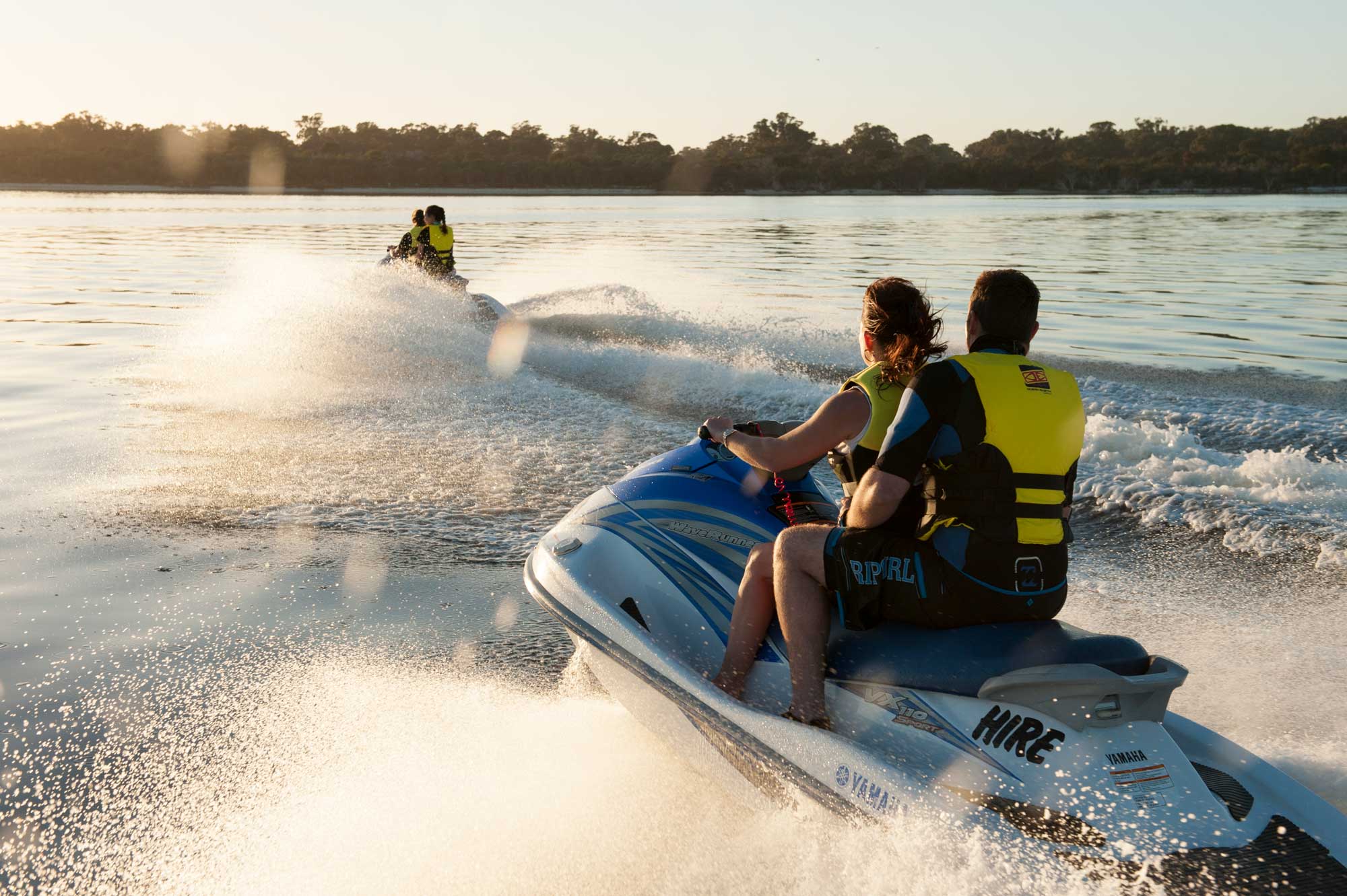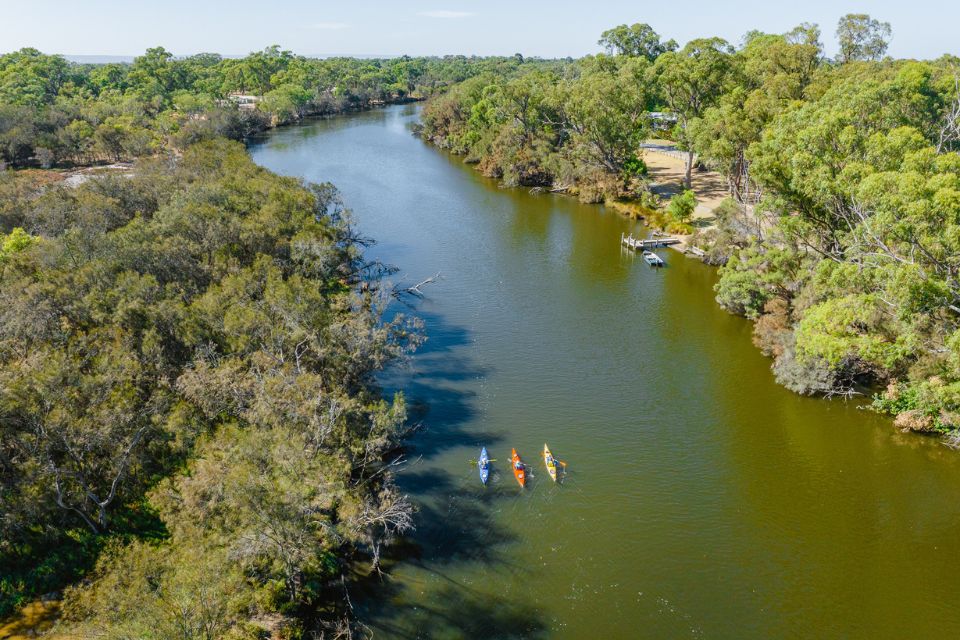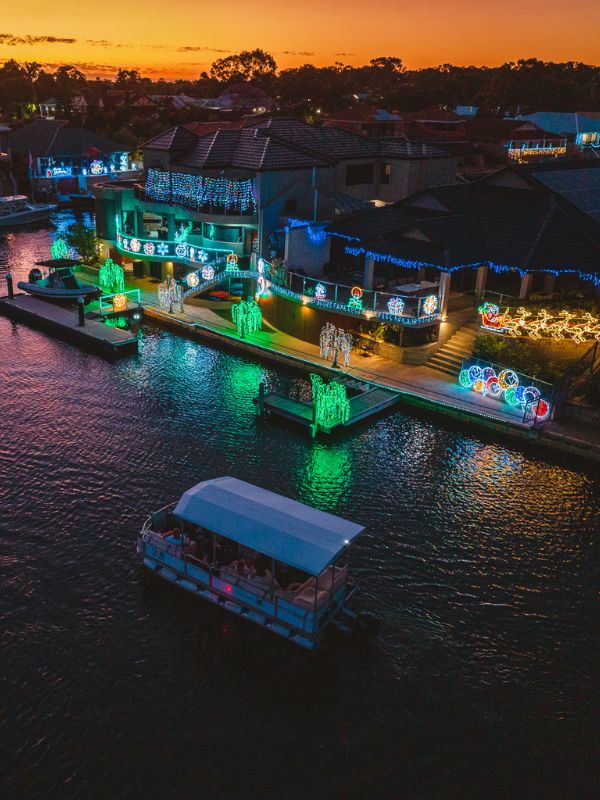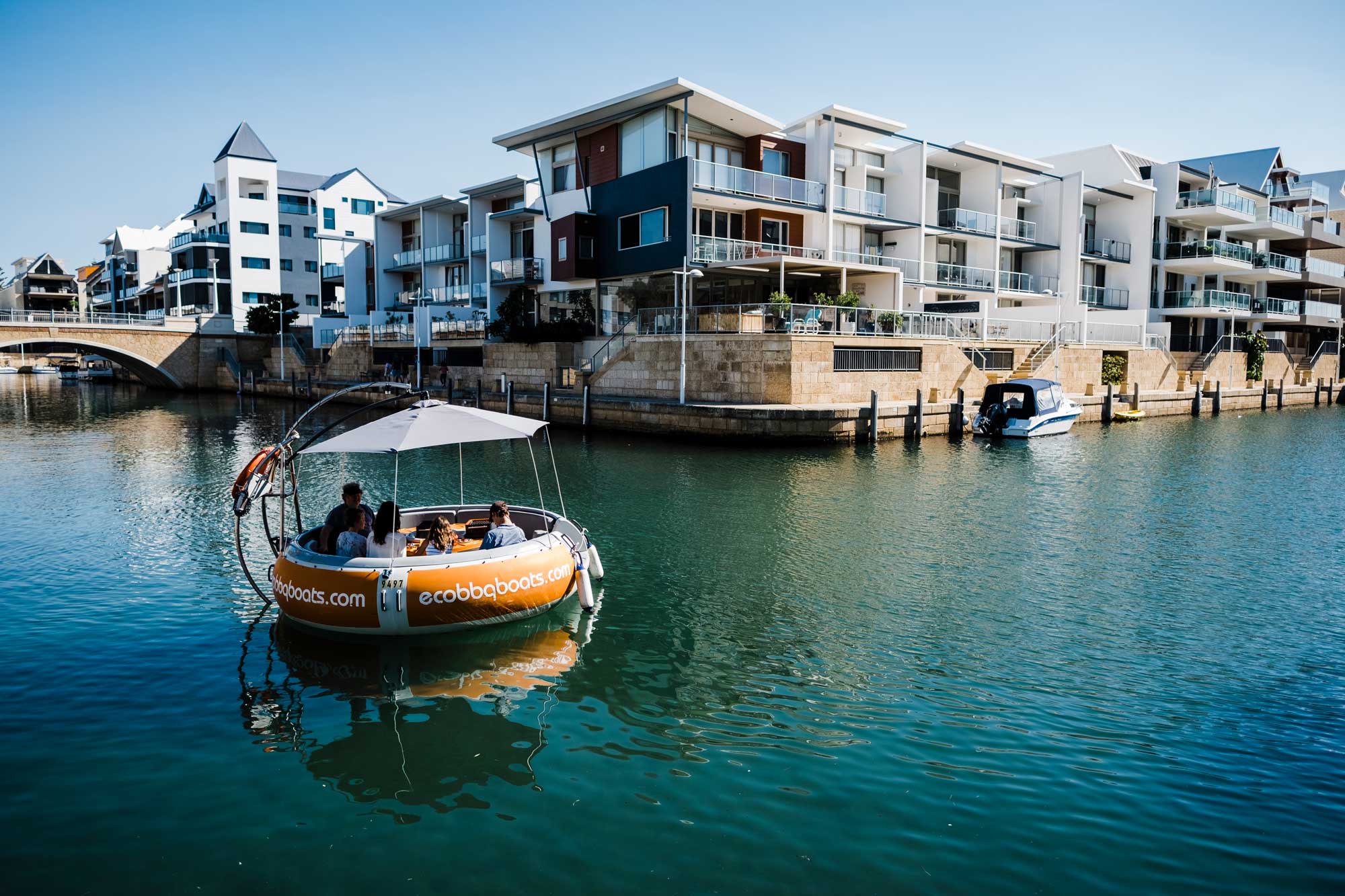Discover the best stargazing locations in Mandurah and surrounds
by Suzanne Jones, Starbright Wonderland Photography
Our view of the night sky here in the Western Australia is better than just about anywhere else on Earth. The Peel Region is home to some of the best stargazing spots in the southwest. You don’t need to wander far from Mandurah to discover some incredible dark sky locations.
From beaches to bushland and the shore of the Peel-Harvey Estuary you are spoilt for choice when looking for a dark sky location.
Best Spots
Santi Ikto by Thomas Dambo, Halls Head
The friendly Santi Ikto, one of Thomas Dambo’s Giants of Mandurah, sits every night watching for shooting stars. The short undulating walk from the carpark leads to the perfect spot to sit, look out to sea and observe the night sky.
View this post on Instagram
Island Point Reserve
This peninsular at the southern end of the Peel Harvey Estuary is a great spot for birdwatching with many pelicans and swans nesting on the little island just offshore. The area has very low light pollution, especially to the south and east. Parking is easy and you don’t need to walk far from your car to get a great view of the sky. You may even spot the resident bandicoot family.
View this post on Instagram
Lake Clifton Thrombolites
Lake Clifton offers an excellent opportunity to enhance your astrophotography proficiency. Renowned for its thrombolites, among the rarest living fossils on Earth, the lake provides a captivating subject for up-close exploration. Positioned along the lake’s shores, these intriguing formations also serve as a compelling foreground for astrophotography. With luck, you may witness the mesmerizing Southern Lights, or Aurora Australis, from this location. On moonless nights, you might be treated to an unobstructed and pristine view of the Milky Way.
View this post on Instagram
Drakesbrook Weir
A charming swimming area not far from Waroona with picnic tables, barbecues and ammenities. After sunset the night sky lights up with stars.
Serpentine Dam
Serpentine Dam is a popular spot for astrophotographers with a beautiful view over the water.
Arrive at sunset to watch the red-tailed black cockatoos come in to roost in the trees.
Between March and October you may even be able to make out a faint grey band across the sky. This is the core of our very own solar system, the Milky Way.
View this post on Instagram
When is best?
We can enjoy stargazing all year around. As Earth travels around the sun our view of the universe changes so what we see one month will be different the next. To see the most stars it is best to head out on a moonless night. The bright moon makes it hard to see fainter stars. You don’t need any fancy equipment, just a warm drink and sense of adventure.
Here in the Peel region we can enjoy cloudless-skies most of the summer and autumn. However the earlier sunset in the winter means families can look for shooting stars and still be home for bedtime. Clear skies is ideal but don’t let a little wispy cloud get in the way of your night sky viewing.
To see the best view of the stars find a spot with no bright lights such as street lights or houses. Turn off your torch and give your eves a few minutes to adjust to the dark. Slowly you will see more and more stars appear.
Stargazing Calendar
Summer - December to February
The Large and Small Magellanic Clouds to the south
Geminid Meteor Shower – December
Saturn – setting to the east after sunset (2023/24)
Orion – east after sunset
Autumn - March to May
Milky Way Core rising to the east after sunset
Eta Aquaria Meteor Shower – May
Orion – west after sunset
Winter - June to August
Perseids Meteor Shower – mid AugustMars – rising to the east before sunrise (2024)
Spring - September to November
Milky Way Core setting to the west after sunset
Jupiter – rising the east after sunset (2023)
Venus – setting to the west just after sunset (2024)
North and South Taurids Meteor Shower – November
Super Moons – September 17th and October 17th
The Southern Cross
The offical name for this constellation is the Crux, but of course in Australia we know it as the Southern Cross. Although it is visible to the south year round the constellation sits very low on the horizon in Summer making it more tricky to see.
Close to the Southern Cross you will see two bright stars called Alpha and Beta Centauri. Navigators use these together to fine due south.
Fun fact: Alpha Centauri is not one star but three in a ‘triple star system’
The Large and Small Magellanic Clouds
These two dwarf galaxies are some of our closest celestial neighbours. They can be easily seen in Spring and Summer as two grey ‘clouds’ to the south.
View this post on Instagram
What can you see with the naked eye?
You will be able to see all the cosmic objects described above with the naked eye. The astrophotographs are created using a long exposure to capture more detail than with our eyes. Most smart phones can take a reasonable image of the night sky.
Tip: Why not try using the night-time mode on your phone and see what you can capture?
What else can you see?
Heading out after dark just about stars and planets. You may spot a brush-tailed possum or bandicoot foraging for food. Sometimes even the dolphins come very close to the shore of the estuary, and in very shallow water.
What to bring?
- Sturdy shoes
- Warm clothing
- Drinks and snacks
- A torch
- Insect repellent
All of the locations suggested here have easy parking and paved paths but it is still a good idea to wear sturdy shoes and use a torch as you find the best vantage point. Stick to the paths to preserve the vegetation. Then turn off your lights and enjoy the night sky show!
Fun fact: Did you know it takes up to 20 minutes for your eyes to adjust to darkness?
Why not set up a picnic and wrap up in warm blankets watching for shooting stars? It is the perfect way to end a day of exploring in Peel. The ultimate Relaxing in Nature experience.
Several apps are available to help you identify different planets and constellations.
Phone apps
For planning on a desktop use
